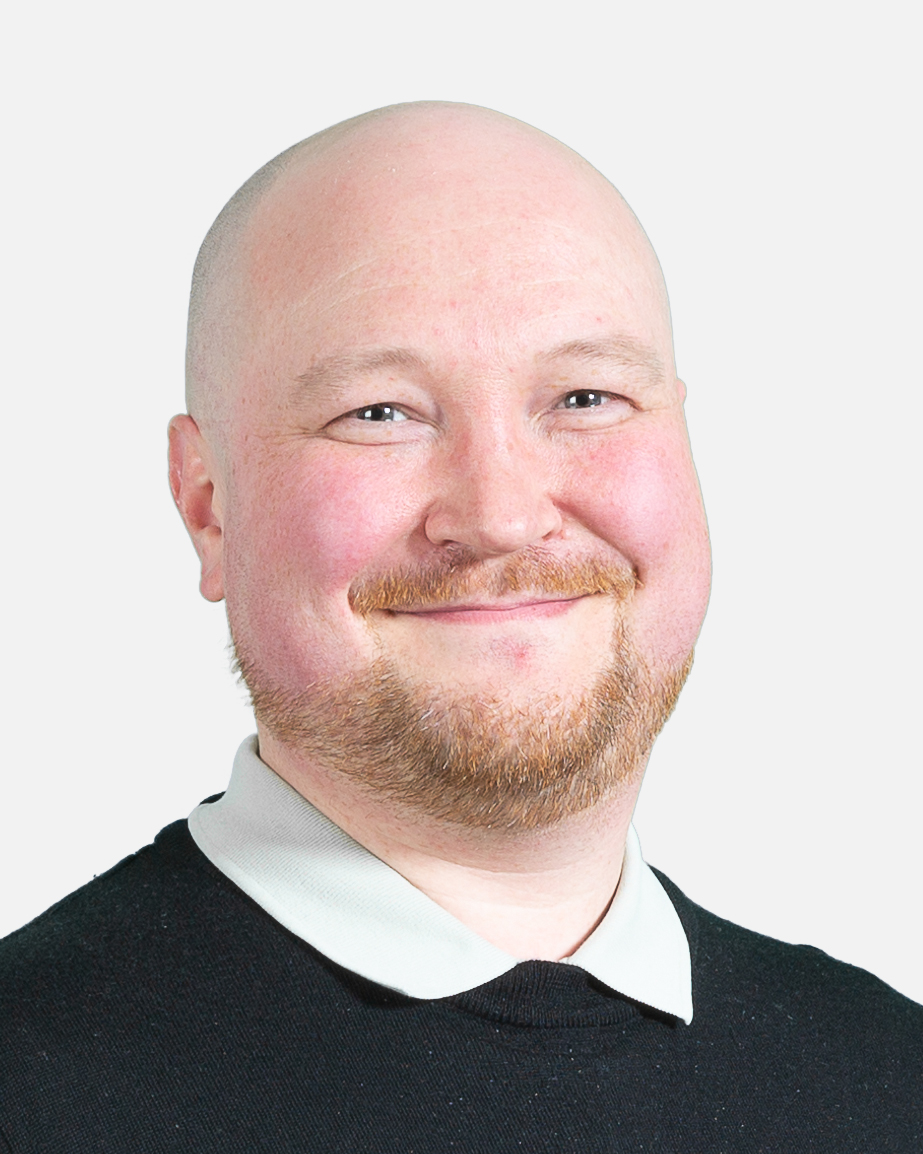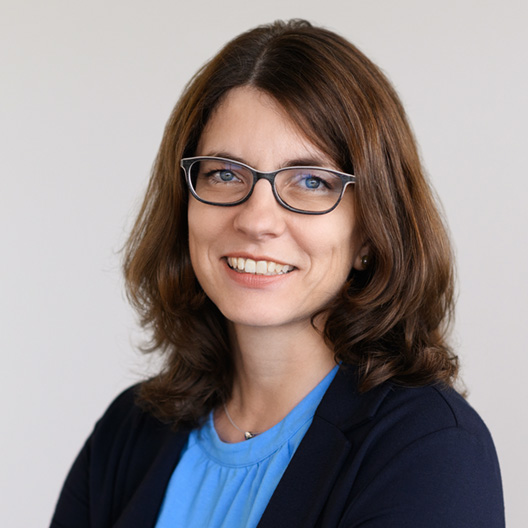The extent to which planners, engineers and architects are already using BIM varies greatly from country to country. Finland is considered a pioneer when it comes to BIM. That's why Stefanie Weitz of the Light + Building Marketing Communication Team spoke to Mikko Raikaa from Finland. The graduate engineer is an all-rounder when it comes to BIM. He has been involved in many construction projects in a wide variety of roles and knows both the practical and technical side of information modeling. He has been combining theory and practice as a university lecturer at the Metropolia University of Applied Sciences in Helsinki since the beginning of 2023.

Stefanie Weitz: The implementation of construction projects with BIM is currently still handled very differently in many countries. In Germany, BIM is mandatory for the allocation of public contracts as of 1 January 2021. How does it look like in the Nordic countries? Is there also such a requirement in Finland?
Mikko Raikaa: “Yes, there are still a lot of different ways to handle BIM projects even here in Finland. Many times, small town housing projects are still handled in 2D design, because that is the mandatory minimal requirements.
But all bigger residential housing, office buildings and so one, are made with BIM because the builders, architects and design companies and contractors want to use BIM and get all the benefits of it.
Our government has just passed a new law that requires to use BIM design in almost all building designs. You’ll need to create BIM models to get the building permits. Now, also our building permit controllers are taking BIM models and add these to the city models where the data is available builders and renovations for the future.”
Stefanie Weitz: You are a BIM trainer. How do you rate the general know-how in Finland on the subject of BIM in the meantime?
Mikko Raikaa: “The general know-how is very good here in Finland. We have many BIM software development companies and the country has been front runner in many technical subjects for a long time. All the major design and contractor companies have their own BIM teams that develop their own software environments and try to make use of BIM even better and easier. So, we have many experts that keep the development engine running.”
Stefanie Weitz: Do you see the training more as an introduction to the topic or do you rather train novelties and educate further?
Mikko Raikaa: “In schools basically all new designers know or at least have faced BIM modeling in some part of their studies. The problem is that they get only a bare minimum understanding of the software because there are so many other important things to learn in a short time. This is why companies must take responsibility for the actual software training and many advanced modelers or BIM-coordinators also work as trainers. The problem here is that many of these trainers lack pedagogical understanding and that trainings aren’t comparable. This is the one thing that I’m now trying to fix here in Metropolia.”
Stefanie Weitz: Let's stay on the topic of training. What is important when working with BIM? What competences do you actually need?
Mikko Raikaa: “Of course, BIM is a huge subject to understand completely and luckily that’s not the case in general. Key thing is to understand the BIM as a concept and BIM workflow of the project. Understand that we share our design as it is to others design parties, so that they can see and understand what you are currently doing. Even if the design is still in progress and imperfect, you can still show it to others.
The Workflow is that first you create general bulk objects for whole building and then you start to detail those and give more exact shape and information. Information and details are added during the whole design and production process to the same objects, until the object contains all the needed information. When you understand the BIM concept and its role in the projects, it is much easier to work with it and you can really get the whole benefits of it.”
Stefanie Weitz: And what skills do you train?
Mikko Raikaa: “Depending on your role and design discipline there are a lot of differences and different software to use. In all designs you must have at least a couple different design, analysist or calculation software in use and working between these tools is the key. It isn’t necessary to know all possible tools in deeply but enough that you can share your design to others. Software are tools just like craftsman’s has basic hammer versus power tools. You need to know how the tool functions so that you can use it for your job.”
Stefanie Weitz: The obvious advantages of BIM are optimization and transparency from the planning of a building to its management after completion. This means that you actually have everything at a glance: Costs, people involved, data situation. Overall, you work more efficiently and avoid mistakes. Are there also challenges?
Mikko Raikaa: “Challenges usually come when there is not enough time or the project BIM goals are not defined properly or not understood. This is why the BIM coordinator role is very important because it is requested to:
- help the customer and builder to define what is needed and why.
- develop the project BIM modeling plan and guidance.
- create requirements of the BIM design for the different design disciplines and contractors.
- provide combination model and integrate different models to work together.
- check the models so that those meet the requirements and project goals.
After the building is constructed, we have a good and intelligent database that we could utilize in building maintenance. Here we can plan and execute maintenance requests easily and add many situation awareness sensors to give updated data. Now we have some good pilots and projects going on here in Finland, but the challenge is to create it more useful and available.”
Stefanie Weitz: We now talked about training, planning, construction and software. How do you see BIM in the future and what do you wish for in terms of BIM development?
Mikko Raikaa: “BIM is developing all the time. There are many studies and developments projects ongoing here in Finland and now days many are focusing on sustainable construction and designs. Also, a couple projects are considering how the BIM information should be standardized and how we could save our BIM models in the future, let’s say next 50 or hundred years.”
Stefanie Weitz: Can you tell us more about projects you are currently working on?
Mikko Raikaa: “The Projects I’m currently working on deal with BIM solution for the demolition of buildings and for reusable construction. How and why, we should create BIM models for the building that is going to be demolished. I’m also starting a project that would standardize the BIM training so that the BIM users would all have similar basic level information when they start their BIM career no matter where they did their studies. So, lot of interesting projects are going on.”
Inspiration & Know-how at Light + Building
The electrification and digitalization of the building sector will be the focus of numerous lectures, presentations and panel talks at Light + Building. The topic of BIM can be experienced in a very practical way at the BTGA (The Federal German Industrial Association for Building Services and Technical Installations) booth in the Portalhaus next to Hall 11 on the Via level at stand B02. Here, the trade fair presentation itself will become a BIM model so that visitors can discover the advantages of the digital planning method live. Other meeting points for knowledge transfer and professional exchange are the Building Plaza in Hall 9.0 and the Technology Forum of the ZVEI (German Electro and Digital Industry Association) in Hall 12.1.
Light + Building – the world’s leading trade fair for lighting and building-services technology – will be held in Frankfurt am Main from 3 to 8 March 2024.
www.light-building.messefrankfurt.com
Press information and photographic material:
Website and social media:
Background information on Messe Frankfurt
Sustainability at Messe Frankfurt

